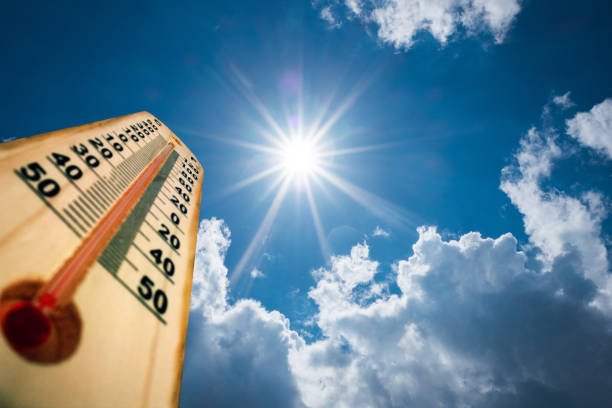Currently Assam is facing an unprecedented rise in temperature and unusual rise in autumn temperature due to insufficient rainfall.Assam known for its greenary and rich biodiversity is grappling with an alarming rise in heat wave ,this is a new challenge arising to both environment and the communities in Assam.

In recent years, Assam has experienced an increasing frequency and intensity of heat waves. According to the India Meteorological Department (IMD), the average maximum temperatures in Assam have risen steadily. During the summer months, temperatures often exceed 38°C (100°F), creating discomfort and health risks for the population.Moreover according to indian meteorological department maximum temperature havebeen increased by 5-6 degree celsius above normal over the last few days.
Causes of Heat Waves
Several factors contribute to the increasing occurrence of heat waves in Assam:
- Climate Change: Global warming has led to unpredictable weather patterns, with higher temperatures becoming more common across the region.
- Deforestation: The rapid loss of forest cover for agricultural expansion and urban development disrupts local climates, contributing to higher temperatures.
- Urbanization: As cities like Guwahati expand, the urban heat island effect exacerbates heat retention, leading to significantly warmer urban areas compared to rural surroundings.
Impacts
The implications of heat waves are profound:
- Health Risks: High temperatures can lead to heat-related illnesses, including heat exhaustion and heatstroke. Vulnerable populations, particularly the elderly and children, are at greater risk.
- Agricultural Stress: Assam’s economy relies heavily on agriculture. Prolonged heat can damage crops like rice and tea, leading to reduced yields and economic instability for farmers.
- Water Scarcity: Heat waves contribute to evaporation and exacerbate water shortages, putting additional strain on already vulnerable communities.
-
Coping Strategies
To mitigate the effects of heat waves, a multifaceted approach is essential:
- Awareness Campaigns: Educating the public about the risks associated with heat waves and promoting preventive measures can save lives.
- Sustainable Practices: Encouraging sustainable agricultural practices and reforestation can help regulate local temperatures and improve resilience against extreme weather.
- Urban Planning: Implementing green spaces and improving water management in urban areas can help alleviate the urban heat island effect.
- Emergency Preparedness: Governments and local organizations should develop heat action plans to provide resources and support during extreme weather events.
Conclusion
The heat wave phenomenon in Assam is not just a temporary inconvenience; it reflects broader changes in the climate that require immediate attention and action. By understanding the causes and impacts of heat waves, and by implementing effective strategies, Assam can work toward a more resilient future, safeguarding both its people and its unique environment.
facebook page:-https://www.facebook.com/profile.php?id=61565365301799&mibextid=ZbWKwL





